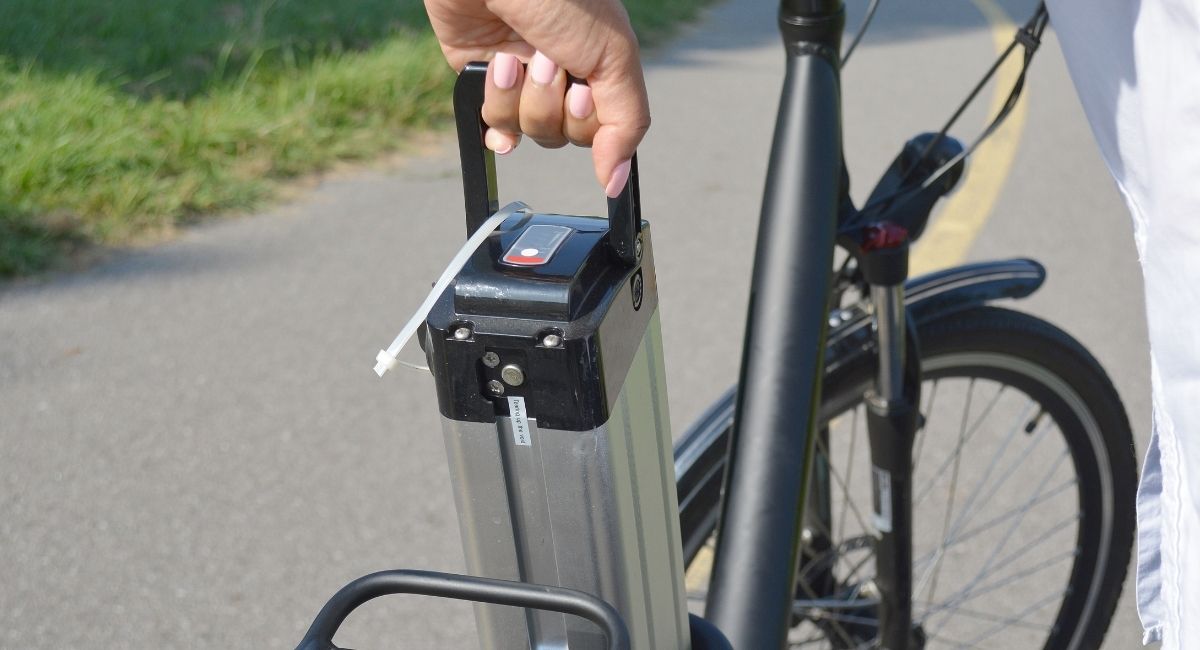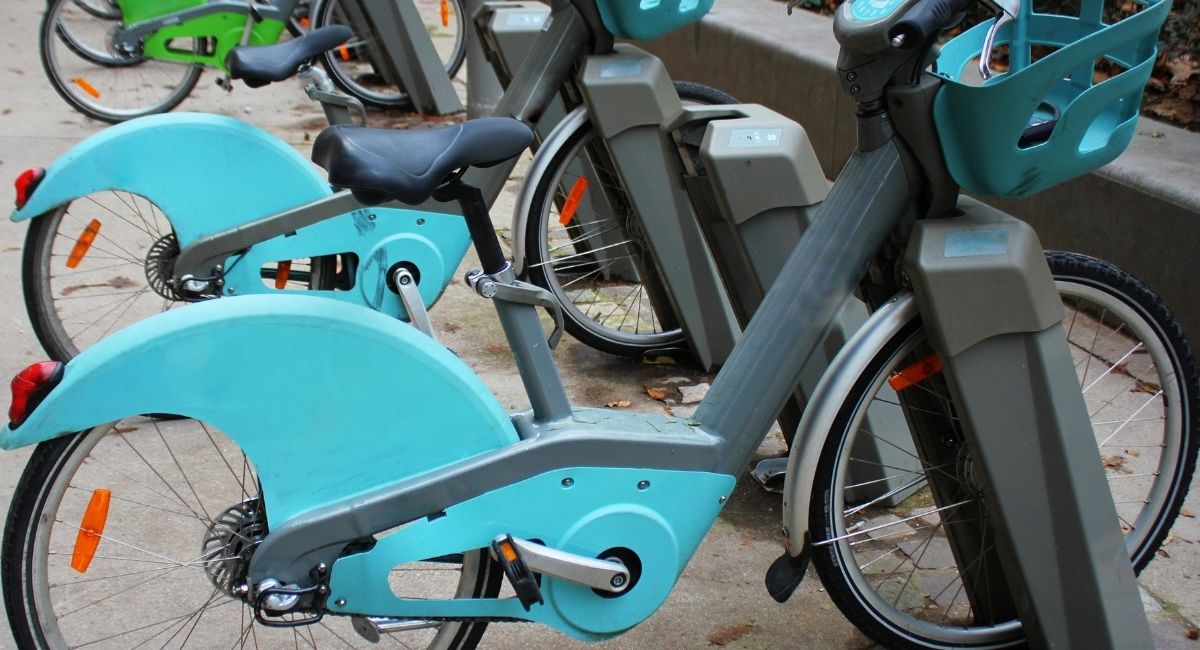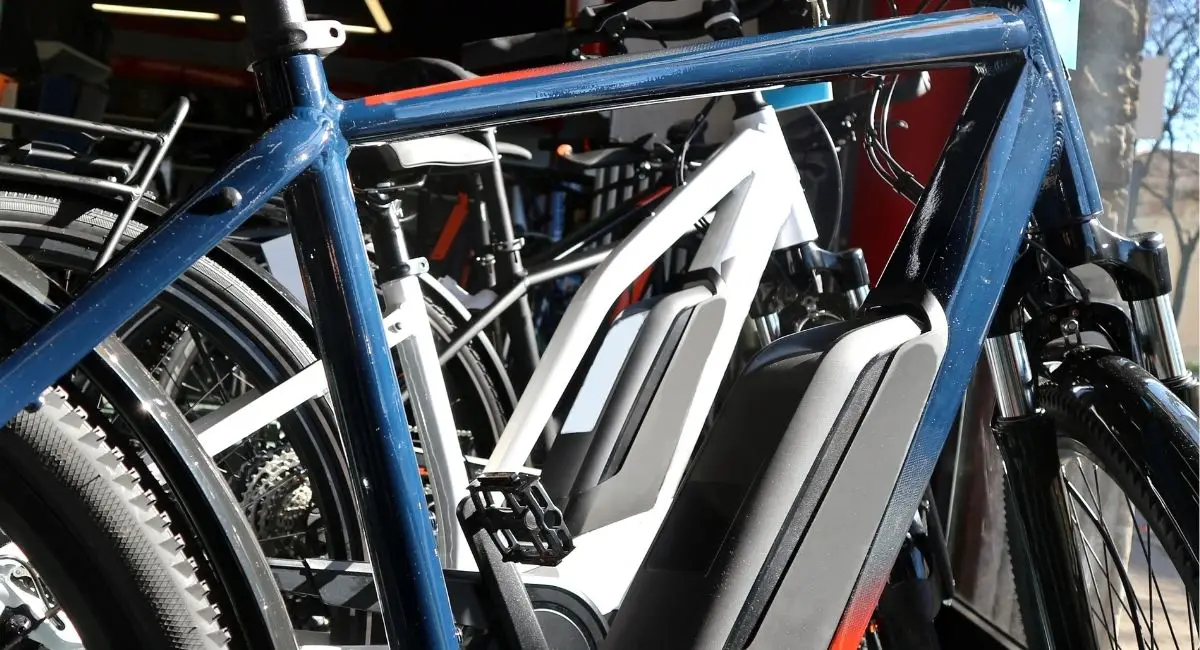If you’re thinking about buying an electric bike or you’ve already bought it, you might be thinking about the batteries. Since electric bikes are pretty much a new concept, you may not yet know everything about the solutions for e bike battery problems.
In this guide, we will be looking at e-bike battery problems and solutions.
Types of Batteries
In the United States and the European Union, there are two main types of batteries that are used for e-bikes. These are Lithium Polymer (LiPo) and Lithium-Ion (Li-Ion) batteries. In China, lead-acid batteries are the most commonly used batteries.
Batteries made out of Lithium-Ion are batteries that are rechargeable. These batteries don’t need to be completely discharged before you recharge them. They can handle more charging cycles, and they hold their charge well. In comparison to a lead-acid battery that can only hold 25 watts per kilogram, a Lithium-Ion battery can store 150 watts of electricity per kilogram.
However, there are disadvantages to these batteries, as well. They are pretty expensive, they deteriorate rapidly if they get fully discharged, they don’t like high temperatures, they degrade faster when it’s warmer, and they only last from 2 to 3 years.
A Lithium Polymer battery is a Lithium-Ion battery that is covered in a shell by a soft polymer. The battery is more flexible thanks to the shell made out of soft polymer. Their flexibility is one of the reasons for the increasing popularity of these batteries when it comes to electric bikes.

How to Charge an E-Bike Battery
Before we go into the problems that can occur with the battery of your e-bike, first we need to talk about how to properly charge the battery. It’s important to note that you should leave the battery of your bike to charge while there is no one around.
What this means is that your battery should be left to charge during the night while you’re sleeping, because this way it will be unattended. Even though the risk of Lithium-Ion batteries bursting into flames is low, it’s still there, and it’s better to keep you and your family safe.
Another thing that you should keep in mind is that the battery of your electric bike needs to be completely charged before you ride it for the first time. Hopefully, the bike shop you got your e-bike from would have done this for you and you can ride your bike freely without worrying about this. In case you’ve gotten your bike from an online shop, then it should be shipped to you with about half of the battery charged.
Some things to keep in mind when charging your battery are the following:
- When you’re charging your battery to 100%, make sure that you don’t leave it charging for more than one day.
- Try to discharge until 20% and charge to 80%, since doing things this way will ensure the best battery life.
- After you’re done riding the bike, don’t charge the battery immediately, but instead give it a few hours to cool down.
- If your battery has been subjected to freezing conditions, make sure that you don’t charge it.

Problems With E Bike Batteries
Some of the most common electric bike batteries problems include the following:
- Batteries not holding a charge
- The batteries not functioning for an extended period of time
- The battery not charging
- Swelling of the battery pack
- The bike is not speeding up
Battery Not Holding a Charge
When it comes to holding a charge, Lithium-Ion batteries are very good at this. However, just like any other battery, these batteries will slowly discharge over time. We suggest you give your electric bike a quick top-up if it hasn’t been charged for a couple of months.
There might be a short circuit somewhere or you might be dealing with a battery that’s faulty if you find yourself charging the battery, but the battery is discharging fast.
In order to see what the issue is, you can separate the batteries from the electric bike and charge it up on a bench. Once the battery is fully charged, you can test it and leave it off the bike.
The problem is your electric bike if the battery holds a charge, and it’s probably wiring or a short in the motor. If the battery doesn’t hold the charge, then you have a bad lithium-ion cell or a short circuit.
Batteries Not Functioning Long
There are 700 charge cycles to the battery life of a Lithium-Ion battery. After those 700 cycles, these batteries usually lose their ability for a full charge, and over a certain period of time, this only gets worse. However, before you notice that the capacity of your battery starts to degrade, there should be many years of using your e-Bike.
Make sure that you check for the following things if you notice that the battery of your electric bike isn’t running for long:
- Are there difficulties on the road?
- Are your bearings of the wheels turning in a free manner?
- Is there a malfunction in the motor, battery, or wiring?
- Are you peddling to assist the battery?
- Do you have disc brake dragging?
- Is your battery being charged to 100%?
The reasons we mentioned above can be the cause for the battery of your electric bike discharging quickly.
Battery Not Charging
If the battery of your e-bike seems to not be charging, make sure that you check the following things:
- Is the battery pack charger port full of water or dirt?
- Is the battery pack hot?
- Has the fuse blown in either the electric bike battery pack or the charger?
- Is the electric bike charger outputting over 36V and working?
- Have you turned on the power at the wall outlet?
- Has it been a while since you let your battery be discharged?
Swelling of The Battery Pack
You might have a big issue with one or a few of the lithium-ion cells if the battery pack of your e-bike is swelling up. Flatpack cells are used by some electric bikes, and if these get damaged they’re prone to swelling.
Turn off the power of the battery and remove it from the electric bike if you notice that the battery pack has swelling on it. The battery pack can be recycled since most cities and towns have a special recycle bin where you can throw away batteries.
However, the battery of the electric bike is sometimes located inside the mainframe, which makes it harder to see if there’s any swelling on the battery or not. To see if there’s swelling, the one thing you can do is remove the battery pack by dropping the lower plate. Keep in mind that to do this you’ll first need to disconnect some cables.
Electric Bike Isn’t Speeding Up
Make sure that the main switch is turned on if your electric bike isn’t able to activate. Also, make sure that you look at the fuses since they can often blow as a result of vibration, over-current, short circuit, and age.
In case the battery is charged and the fuse is good, make sure the controller of speed is in proper condition. If water has gotten into them or you’ve dropped your electric bike, the controllers can become damaged.
If you want to make the speed controller activate, just press the on button for ten seconds. Pushing on the button marked with M for a couple of seconds also works for some controllers. When it comes to your battery pack, you need to make sure you have a sufficient amount of battery power, since your electric bike can also switch off as a result of a very low battery.
Lastly, you need to ensure that the cables of your bike that are electric aren’t connected loosely. If you have an electric bike that you ride on mountains, jumps, and dirt roads, this can mess up the connections. These joints can also be filled with water. Make sure that they’re connected properly by pulling them apart.
Final Thoughts
Electric bikes are definitely very popular right now and they have come a long way since they were created. There’s usually a quick fix for the problems that happen to the battery life of our electric bikes.
Our suggestions and guide to E Bike battery problems address the most common issues that can happen to the battery of your electric bike. The tips we provided above should help with the maintenance and longevity of the battery. We hope that our advice will help your bike stay in good shape.


